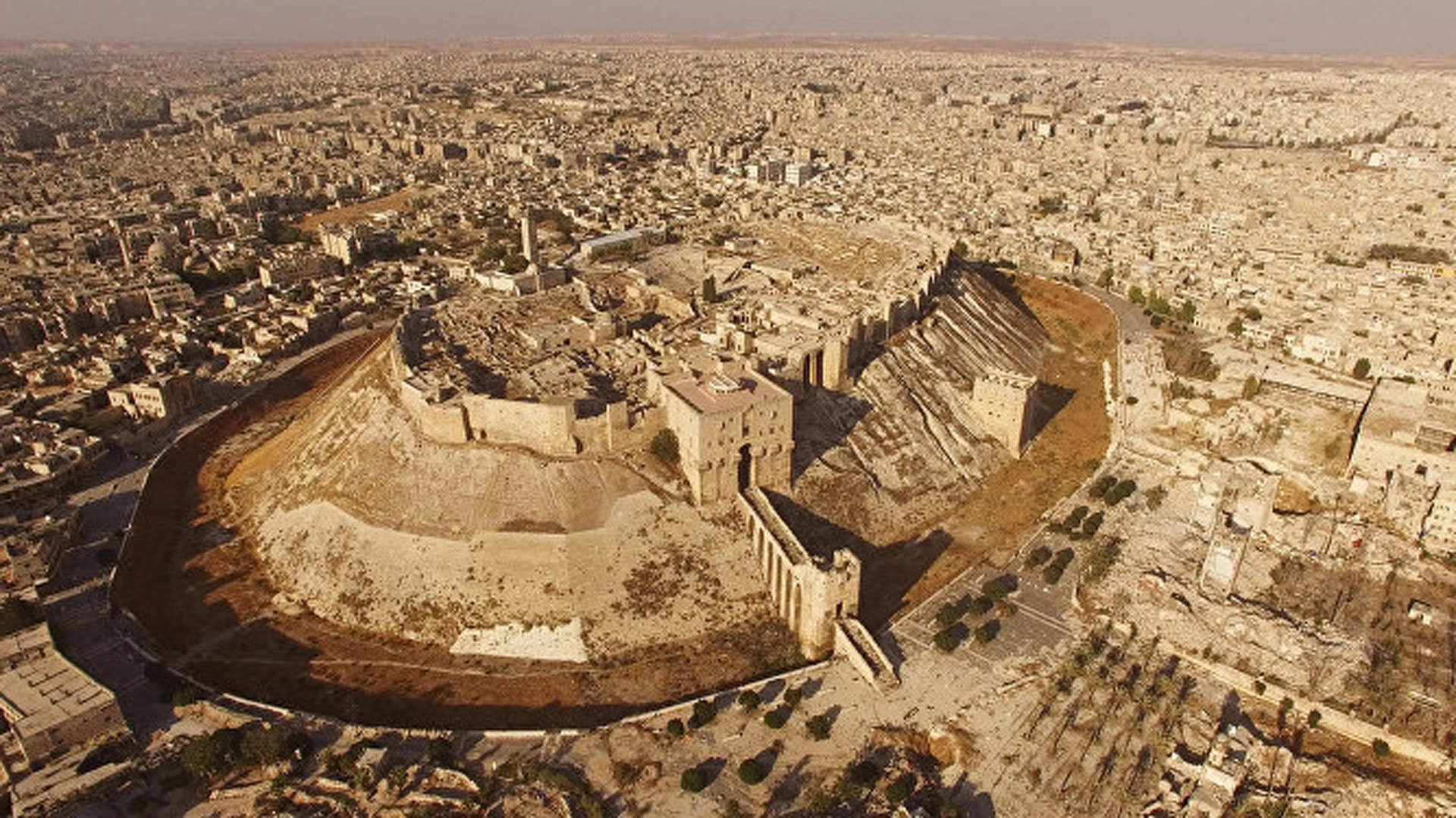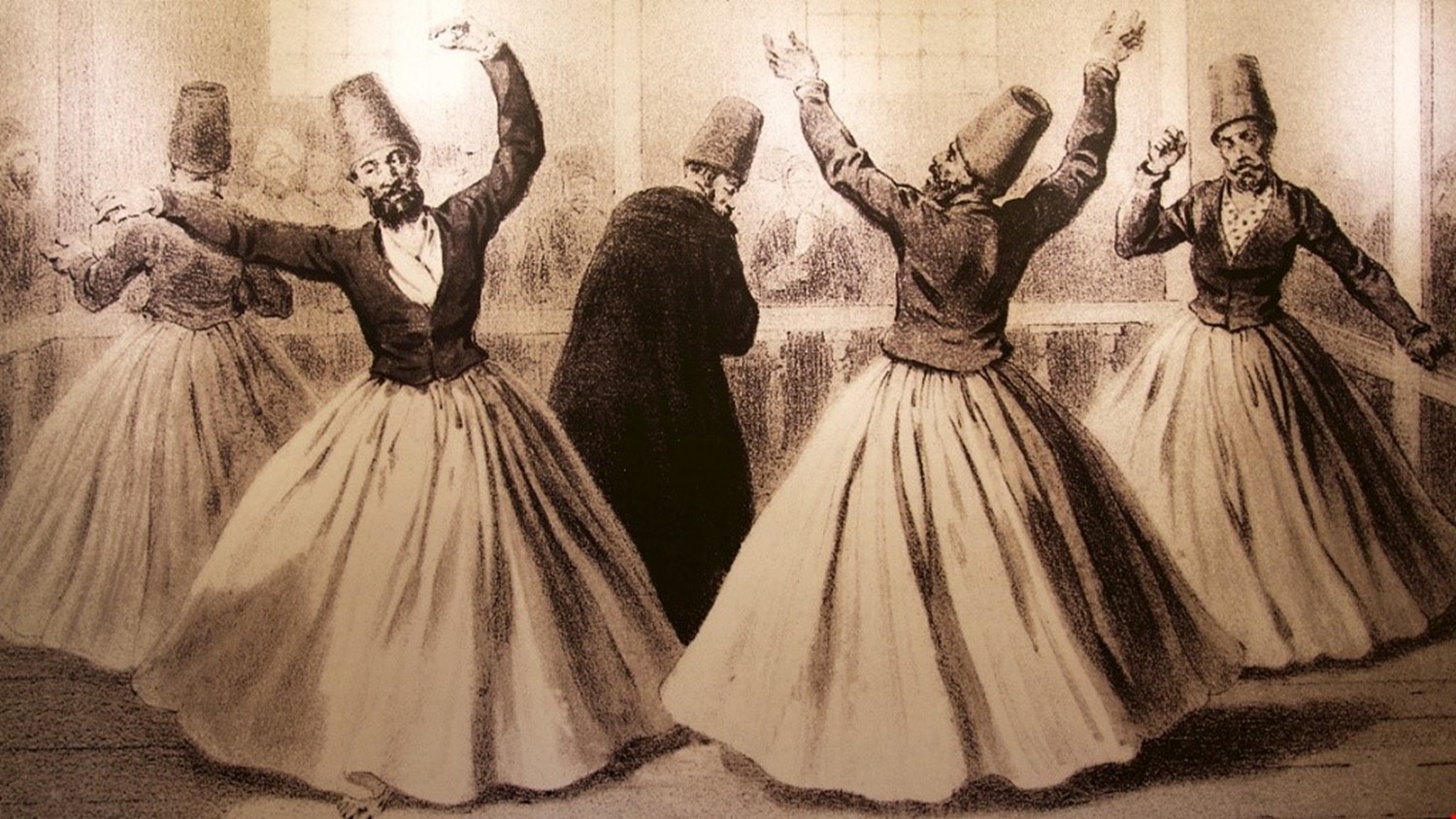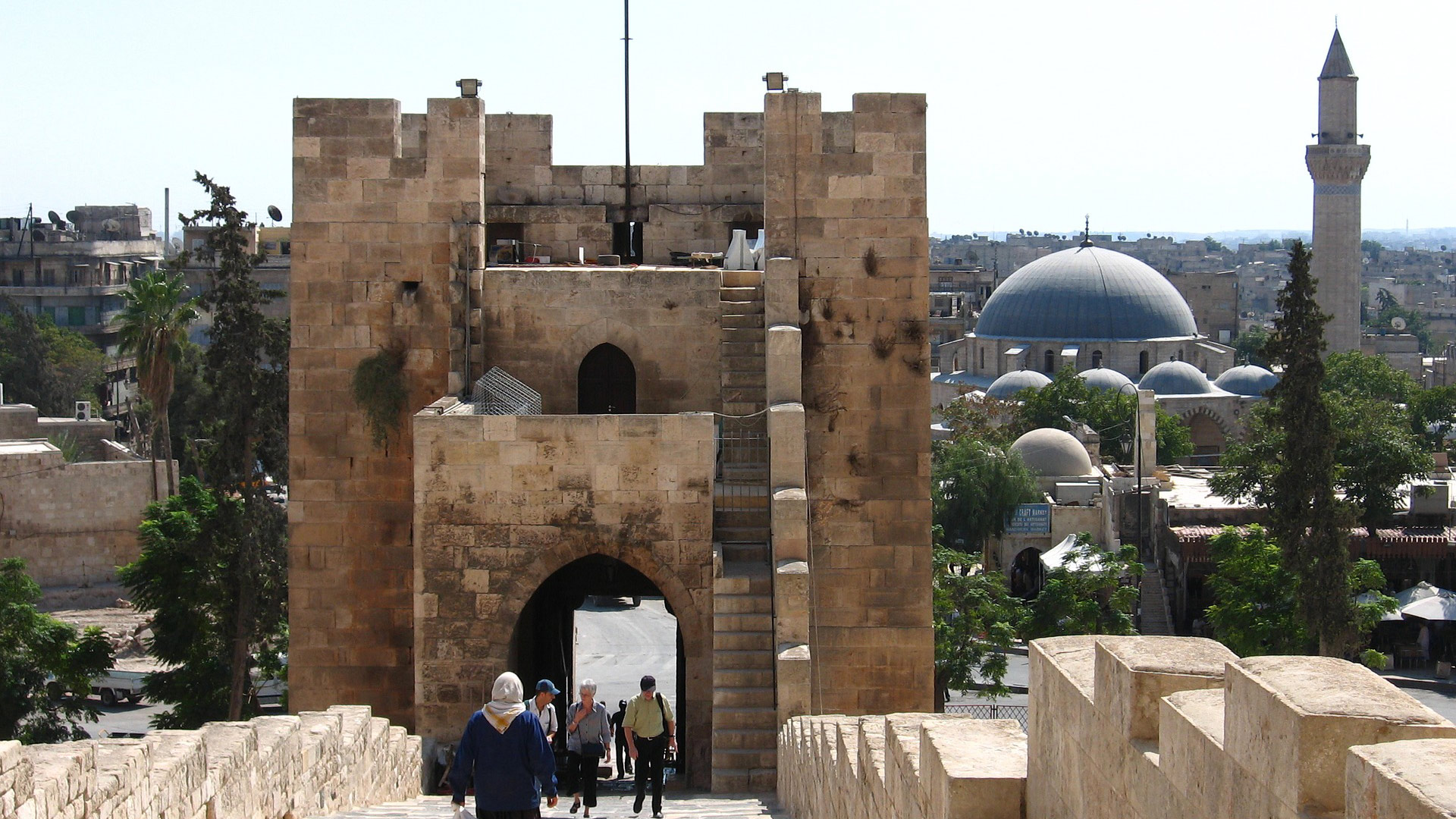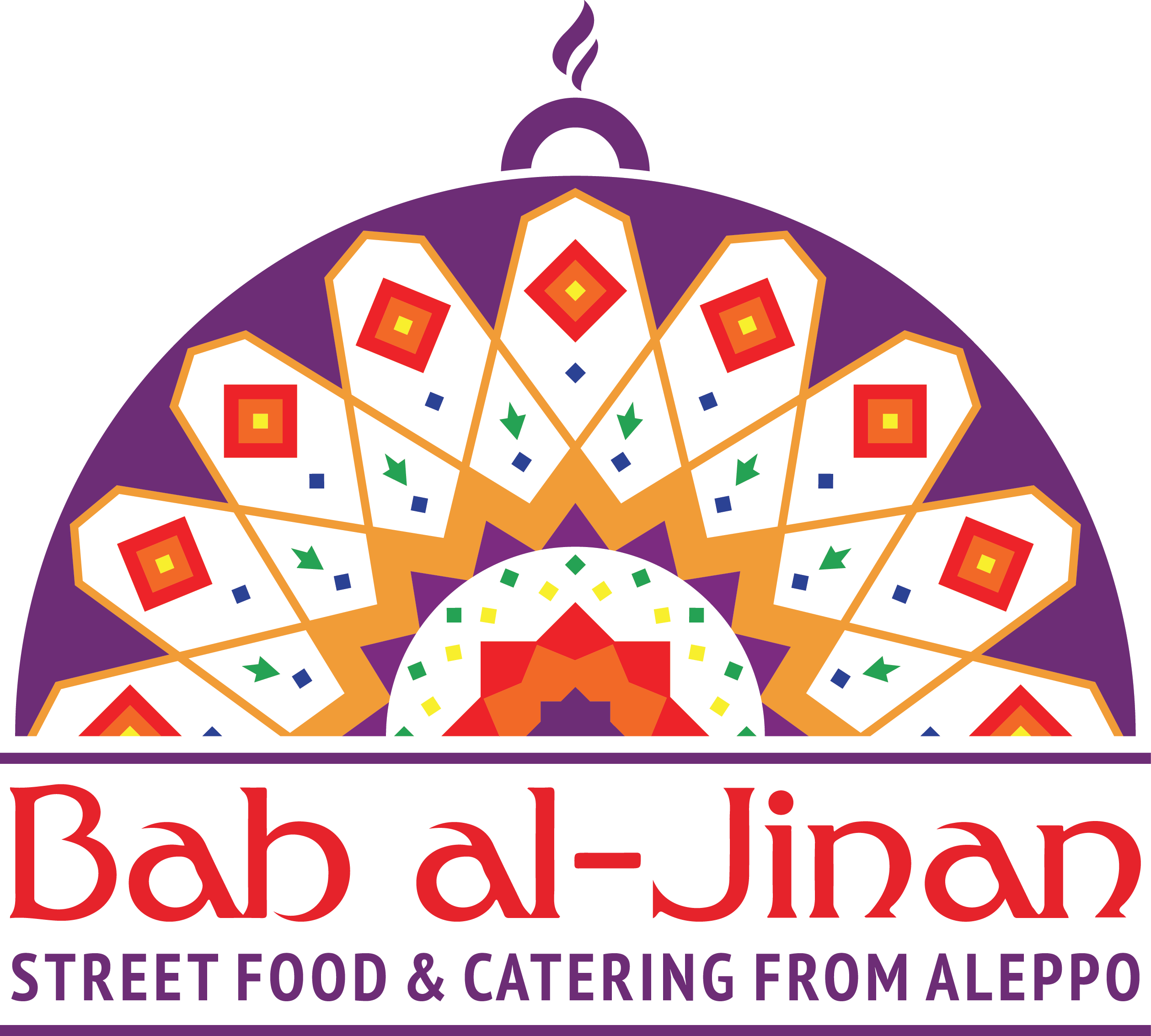
Warum Aleppo
Aleppo is one of the oldest continuously inhabited cities in the world, it may have been inhabited since the 6th millennium BC. Such a long history is attributed to its strategic location as a trading center midway between the Mediterranean Sea and Mesopotamia.
For centuries, Aleppo was the largest city in the Syrian region. The city’s significance in history has been its location at one end of the Silk Road, which passed through Central Asia and Mesopotamia.
Aleppo
Aleppo is famous for a love of Art and Arabic traditional and classic music Tarab, Muwashshahs, Qudud Halabiya and Maqams (religious, secular and folk poetic-musical genres).
Aleppo also is famous for a love of eating, as the cuisine is the product of fertile land and location along the Silk Road. Aleppo was a food capital long before Paris ”The International Academy of Gastronomy in France awarded Aleppo its culinary prize in 2007”, because of its diverse communities of Arabs, Kurds, Armenians, Circassians, Arab Christians and Turcomans. All of those groups contributed food traditions, since Aleppo was part of the Ottoman Empire.
The city has a vast selection of different types of dishes, such as kebab, kibbeh, Mahshi ”dolma”, hummus, ful halabi, za’atar halabi, etc. Aleppo is known as “the home of stuffed vegetables and kibab (plural of kibbeh)”.


Aleppo
– The Kibbeh is one of the favourite foods of the locals, in “The Encyclopedia of Aleppo”, it is mentioned that there are more than 60 kinds of Kibbeh in Aleppo, which is considered a form of art for Aleppines. These include kibbeh prepared with sumac, yogurt, quince or pomegranate sauce and cherry sauce.
– Mehshi means stuffed, any stuffed vegetable like eggplants, zucchini and grape leaves. The filling is prepared from rice, meat, tomato paste, salt and black pepper, cooked in tomato sauce. Or Vegan Mehshi, stuffed with bulgur and vegetables.
– Kebab Halabi: influenced by Armenian and Turkish tastes- has around 26 variants including: kebab prepared with cherry, eggplant, chili pepper with parsley and pine nut (kebab khashkhash), tomato paste (kebab hindi), cheese and mushroom, etc.
– The za’atar of Aleppo (thyme) is a kind of oregano which is very popular in the regional cuisines.
– The Aleppo sweets, such as mabrumeh, siwar es-sett, balloriyyeh, etc., are characterized by containing high rates of ghee butter and sugar. Other sweets include mamuniyeh, shuaibiyyat, mushabbak, zilebiyeh, ghazel al-banat etc. Most pastries contain the renowned Aleppine pistachios and other types of nuts.
Aleppo
Aleppo is famous for a love of Art and Arabic traditional and classic music Tarab, Muwashshahs, Qudud Halabiya and Maqams (religious, secular and folk poetic-musical genres).
Aleppo also is famous for a love of eating, as the cuisine is the product of fertile land and location along the Silk Road. Aleppo was a food capital long before Paris ”The International Academy of Gastronomy in France awarded Aleppo its culinary prize in 2007”, because of its diverse communities of Arabs, Kurds, Armenians, Circassians, Arab Christians and Turcomans. All of those groups contributed food traditions, since Aleppo was part of the Ottoman Empire.
The city has a vast selection of different types of dishes, such as kebab, kibbeh, Mahshi ”dolma”, hummus, ful halabi, za’atar halabi, etc. Aleppo is known as “the home of stuffed vegetables and kibab (plural of kibbeh)”.

